Home>diy>Building & Construction>How To Install Replacement Windows In New Construction
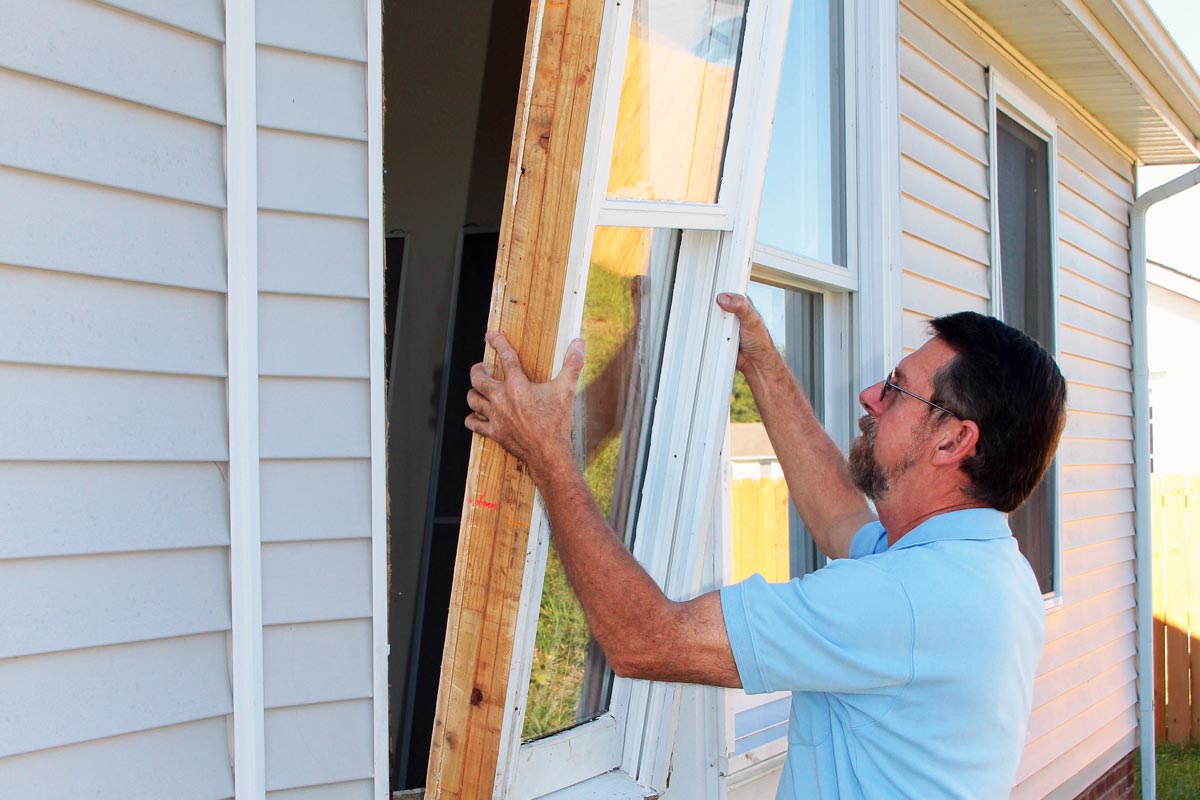

Building & Construction
How To Install Replacement Windows In New Construction
Modified: October 19, 2024
Learn how to install replacement windows in new construction with our step-by-step guide. Enhance your building construction skills with our expert tips and techniques.
(Many of the links in this article redirect to a specific reviewed product. Your purchase of these products through affiliate links helps to generate commission for Storables.com, at no extra cost. Learn more)
Introduction
Installing replacement windows in new construction is an important step in creating a durable and energy-efficient home. Whether you’re a homeowner or a professional in the building industry, understanding the process of installing replacement windows is crucial to ensure a successful and long-lasting installation.
Replacement windows offer numerous benefits, including improved energy efficiency, enhanced curb appeal, and increased comfort. They can also help reduce noise levels and provide better insulation, making your home more comfortable in both hot and cold weather.
In this comprehensive guide, we will walk you through the step-by-step process of installing replacement windows in new construction. From preparing for installation to applying the finishing touches, we’ll cover all the necessary steps to ensure a smooth and effective installation.
Before diving into the installation process, it’s important to note that this guide assumes you have a basic understanding of construction principles and have the necessary tools for the job. If you’re unsure about any aspect of the installation or lack experience, it’s always a good idea to consult with a professional contractor to ensure the best results.
Now, let’s get started on the journey to installing replacement windows in new construction and creating a comfortable and energy-efficient home.
Key Takeaways:
- Proper preparation, accurate measurements, and attention to detail are crucial for successful replacement window installation in new construction projects, ensuring energy efficiency and long-lasting comfort.
- The installation process involves removing old windows, measuring and ordering replacements, installing flashing and insulation, and applying sealant and finishing touches, all contributing to a durable and aesthetically pleasing result.
Step 1: Preparing for Installation
Before you can begin installing replacement windows in new construction, it’s essential to properly prepare the work area. By taking the time to prepare, you’ll ensure a smoother installation process and minimize the risk of any issues arising later on.
Here are some key steps to follow when preparing for window installation:
- Clear the Work Area: Start by clearing the area around the windows where the installation will take place. Remove any furniture, curtains, blinds, or other items that may obstruct access to the windows or pose a safety hazard during the installation process.
- Gather the Necessary Tools and Materials: Make sure you have all the tools and materials you’ll need for the installation. This may include a tape measure, level, screwdriver, pry bar, caulk gun, and the replacement windows themselves. Double-check that you have everything before starting the installation to avoid unnecessary delays.
- Inspect the Opening: Carefully inspect the existing window opening to ensure it’s in good condition. Look for any signs of damage, such as rot, mold, or water infiltration. If you come across any issues, address them before proceeding with the installation. Repairing or replacing any damaged components will help create a solid foundation for the new windows.
- Take Accurate Measurements: Accurate measurements are crucial for ordering the right sized replacement windows. Measure the width, height, and depth of the window opening, both inside and outside. Take measurements at multiple points to account for any variations. Record these measurements and use them when ordering the replacement windows.
- Consider Additional Upgrades: While you’re preparing for window installation, it’s a good time to consider any additional upgrades or enhancements you may want to incorporate. This could include upgrading window sills, adding insulation, or installing window coverings. Assess your needs and preferences to determine if any of these upgrades are worth considering.
By following these steps and thoroughly preparing for the window installation, you’ll set the stage for a successful and efficient process. Taking the time to prepare will help ensure that the new windows fit correctly and function properly, providing you with long-lasting comfort and energy savings in your new construction project.
Step 2: Removing Old Windows and Preparing the Opening
Once you’ve completed the preparatory steps for installing replacement windows in new construction, the next step is to remove the old windows and prepare the opening for the new ones. This process requires careful attention to detail to ensure a proper fit and a secure installation.
Follow these steps to remove the old windows and prepare the opening:
- Remove Window Coverings: Start by removing any blinds, curtains, or other window coverings from the old windows. This will allow for easier access and prevent any damage to the coverings during the removal process.
- Protect the Work Area: Place drop cloths or protective sheeting on the floor beneath the windows to catch any dust, debris, or glass fragments that may fall during the removal process. This will help keep the work area clean and minimize the risk of accidents.
- Take Safety Precautions: Before removing the old windows, put on safety goggles and gloves to protect yourself from any potential injuries. Window removal can result in sharp glass fragments or other hazards, so taking proper safety precautions is essential.
- Remove Window Trim: Carefully pry off the window trim using a pry bar or a flat-headed screwdriver. Start at one corner and work your way around the perimeter of the window. Take your time to avoid damaging the surrounding wall or causing any splintering of the trim.
- Detach Sashes and Hardware: Once the trim is removed, detach the window sashes by removing any screws or clips that hold them in place. Set aside the sashes and hardware for disposal or later reuse.
- Inspect the Window Opening: With the old window removed, thoroughly inspect the window opening for any signs of damage or decay. Address any issues by replacing damaged framing or repairing any rot or moisture damage.
- Clean and Prep the Opening: Remove any remaining debris, dust, or old caulking from the window opening. Use a vacuum or a brush to clean the area, ensuring a smooth and clean surface for the installation of the replacement window.
By following these steps and taking the necessary precautions, you can safely and effectively remove the old windows and prepare the opening for the installation of the replacement windows. This crucial step sets the foundation for a successful and secure window installation in your new construction project.
Step 3: Measuring and Ordering Replacement Windows
Accurate measurements are essential when it comes to installing replacement windows in new construction. Proper measurements ensure that the replacement windows fit precisely into the window openings, resulting in a secure and weather-tight installation. In this step, we will guide you through the process of measuring and ordering replacement windows.
Follow these steps to measure and order replacement windows:
- Double-Check Measurement Accuracy: Verify the accuracy of the measurements you took during the preparation phase. Ensure that you have recorded the correct dimensions, including the width, height, and depth of the window opening. Confirm that the measurements are consistent on both the inside and outside of the opening.
- Consider Window Style and Features: Determine the style and features you want for your replacement windows. Options include double-hung, casement, awning, sliding, or picture windows. Consider factors such as ventilation needs, energy efficiency, and aesthetic preferences. Additionally, think about any desired features like tinting, glazing, or built-in blinds.
- Choose Materials and Glass Options: Select the materials for your replacement windows based on your needs and budget. Common choices include vinyl, fiberglass, or wood. Additionally, decide on the type of glass you want, such as single-pane or double-pane windows, low-E coating for energy efficiency, or impact-resistant glass for added safety.
- Research Window Manufacturers: Take the time to research reputable window manufacturers that offer high-quality products. Look for manufacturers with a good reputation for durability, energy efficiency, and customer satisfaction. Read reviews and compare prices to make an informed decision.
- Consult Window Installation Requirements: Check the installation requirements specified by the window manufacturer. Some manufacturers may require specific framing or installation methods for warranty purposes. Make sure that your new construction project meets these requirements.
- Place Your Order: Once you have gathered all the necessary information and made your decisions, contact the chosen window manufacturer or distributor to place your order. Provide them with accurate measurements and specifications to ensure that you receive the correct windows for your project.
- Verify Delivery Time and Installation Date: Confirm the estimated delivery time for your replacement windows. Coordinate with your contractor or schedule the installation date accordingly. It’s essential to have the replacement windows ready on-site for a smooth and timely installation process.
By carefully measuring and ordering your replacement windows, you can ensure a seamless and precise installation. Taking the time to make informed decisions and work with reputable manufacturers will result in windows that not only fit perfectly but also meet your specific needs and preferences.
When installing replacement windows in new construction, make sure to properly measure the window openings to ensure a precise fit. This will help prevent any air or water leaks in the future.
Step 4: Installing Flashing and Insulation
Proper installation of flashing and insulation is crucial when installing replacement windows in new construction. Flashing helps prevent water intrusion, while insulation enhances energy efficiency and provides additional soundproofing. In this step, we will guide you through the process of installing flashing and insulation for your replacement windows.
Follow these steps to install flashing and insulation:
- Prepare the Window Opening: Clean the window opening and remove any debris that may interfere with the installation of the flashing. Ensure that the opening is dry before proceeding.
- Cut and Install Flashing: Measure and cut the flashing material according to the manufacturer”s instructions. Install the flashing around the perimeter of the window opening, applying it to the top, sides, and bottom. This will help create a waterproof barrier and direct any water away from the window assembly.
- Apply Window Tape: Use a high-quality window tape to seal the edges of the flashing and reinforce the waterproof barrier. Apply the tape according to the manufacturer”s instructions, ensuring a tight seal around the entire window opening.
- Install Insulation: Insulate the gaps between the window frame and the window opening using low-expansion foam insulation or fiberglass insulation. Pay close attention to the area between the window frame and the rough opening, ensuring a complete seal. Insulation helps improve energy efficiency and reduces air infiltration.
- Check for Proper Insulation Compression: Check that the insulation is compressed enough to provide a tight seal but not so much that it distorts the window frame or blocks the operation of the window. This will help prevent drafts and ensure proper window function.
- Inspect Flashing and Insulation: Once the flashing and insulation are installed, carefully inspect the work to ensure that there are no gaps, tears, or gaps in the flashing. Additionally, double-check the insulation to ensure it is evenly distributed and snugly in place.
Installing flashing and insulation is a critical step in creating a weatherproof and energy-efficient window installation. Taking the time to properly install these materials will ensure the longevity and performance of your replacement windows in your new construction project.
Step 5: Installing the Replacement Windows
Installing the replacement windows in new construction is the exciting part of the process. This step requires precision and careful attention to detail to ensure a secure, weather-tight fit. In this step, we will guide you through the process of installing the replacement windows.
Follow these steps to install the replacement windows:
- Position the Window: Carefully lift the replacement window and position it into the window opening. Ensure that it is centered and level within the opening.
- Secure the Window: Use shims to provide support and ensure a level installation. Insert shims between the window frame and the rough opening to fill any gaps and keep the window secure. Make sure the window remains level and plumb throughout the process.
- Check for Operability: Before finalizing the installation, check that the window operates smoothly. Open and close the window to ensure it moves freely without any binding or sticking. Make any necessary adjustments if the window does not function properly.
- Fasten the Window: Once the window is properly positioned and operable, secure it to the window opening. Insert screws through the pre-drilled holes in the window frame and into the rough opening. Follow the manufacturer’s instructions for the recommended fastening method and torque specifications.
- Insulate the Window: Apply additional insulation around the window frame to further improve energy efficiency and reduce air infiltration. Use low-expansion foam insulation or fiberglass insulation to fill any gaps between the window frame and the rough opening.
- Trim and Finish: Trim off any excess shims and insulation to provide a clean, finished appearance. Use trim pieces to cover the gaps between the window frame and the interior or exterior wall. Apply caulk or sealant to seal any remaining gaps and ensure a weather-tight seal.
- Clean Up: Remove any debris or dust from the window installation area. Clean the window frames and glass to remove any fingerprints or smudges before finalizing the installation.
By following these steps and paying close attention to detail, you can successfully install the replacement windows in your new construction project. Proper installation is essential for ensuring a secure and well-functioning window that provides energy efficiency, comfort, and aesthetic appeal.
Step 6: Applying Sealant and Finishing Touches
Applying sealant and adding the finishing touches is the final step in the installation of replacement windows in new construction. This step is crucial to ensure a watertight and aesthetically pleasing installation. In this step, we will guide you through applying sealant and completing the finishing touches.
Follow these steps to apply sealant and add the finishing touches:
- Clean the Window Frames: Before applying sealant, clean the window frames using a mild detergent and water. Remove any dirt, dust, or residues that may interfere with the sealing process. Dry the window frames completely.
- Select the Right Sealant: Choose a high-quality, weather-resistant sealant that is compatible with the window frames and the surrounding materials. Consider factors such as durability, flexibility, and color matching to achieve a seamless finish.
- Apply the Sealant: Apply a thin and even bead of sealant along the interior and exterior edges of the window where the window frame meets the wall. Use a caulking gun to control the flow of sealant. Ensure that the sealant fills any gaps and provides a complete seal.
- Smooth the Sealant: Use a caulk smoother or a wet finger to smooth the applied sealant and create a neat finish. Work slowly and methodically to achieve a seamless appearance. Remove any excess sealant to avoid unsightly buildup.
- Check for Proper Seal: Inspect the applied sealant to ensure that all gaps are filled and there are no visible openings. Pay close attention to the corners and joints. This will help prevent air leakage, water infiltration, and drafts.
- Install Window Coverings: Once the sealant has cured, you can reinstall blinds, curtains, or any other window coverings. This adds a final touch to the overall aesthetics of the installed replacement windows.
- Perform a Final Inspection: Step back and inspect the installed replacement windows for any imperfections or inconsistencies. Look for any signs of gaps, uneven sealant, or unfinished trim. Address any issues promptly to ensure a professional and polished result.
By following these steps and taking the time to apply sealant and complete the finishing touches, you can achieve a visually appealing and weather-resistant window installation. The sealant will provide an added layer of protection and ensure that your replacement windows are properly sealed for years to come.
Conclusion
Congratulations! You have successfully learned how to install replacement windows in new construction. By following the step-by-step guide provided in this article, you have gained the knowledge and skills to ensure a seamless and effective window installation process.
Installing replacement windows offers numerous benefits, including improved energy efficiency, enhanced curb appeal, and increased comfort. By properly preparing the work area, removing old windows, measuring and ordering the replacement windows accurately, installing flashing and insulation, and applying sealant and finishing touches, you have taken the necessary steps to create a durable, weather-tight, and aesthetically pleasing result.
Remember, proper installation techniques and attention to detail are essential for achieving optimal performance and longevity of your replacement windows. If you are unsure about any aspect of the installation process or lack experience, it is always advisable to consult with a professional contractor or window installation expert.
As you enjoy the benefits of your newly installed replacement windows, be sure to maintain them properly by regularly inspecting and cleaning them. This will help preserve their functionality and appearance over time.
We hope this comprehensive guide has provided valuable insights and guidance to help you successfully install replacement windows in your new construction project. Enjoy the improved energy efficiency, comfort, and curb appeal that your new windows bring to your home or building.
Good luck with your window installation and creating a beautiful, functional, and energy-efficient living space!
Ready to spice up your exterior spaces? Next, consider mastering window installation with a charming twist by learning how to install a window box. This handy guide will walk you through the process, ensuring your home not only looks great but also feels welcoming. Dive into the details and transform your windows into stunning focal points that neighbors and passersby won't stop admiring.
Frequently Asked Questions about How To Install Replacement Windows In New Construction
Was this page helpful?
At Storables.com, we guarantee accurate and reliable information. Our content, validated by Expert Board Contributors, is crafted following stringent Editorial Policies. We're committed to providing you with well-researched, expert-backed insights for all your informational needs.

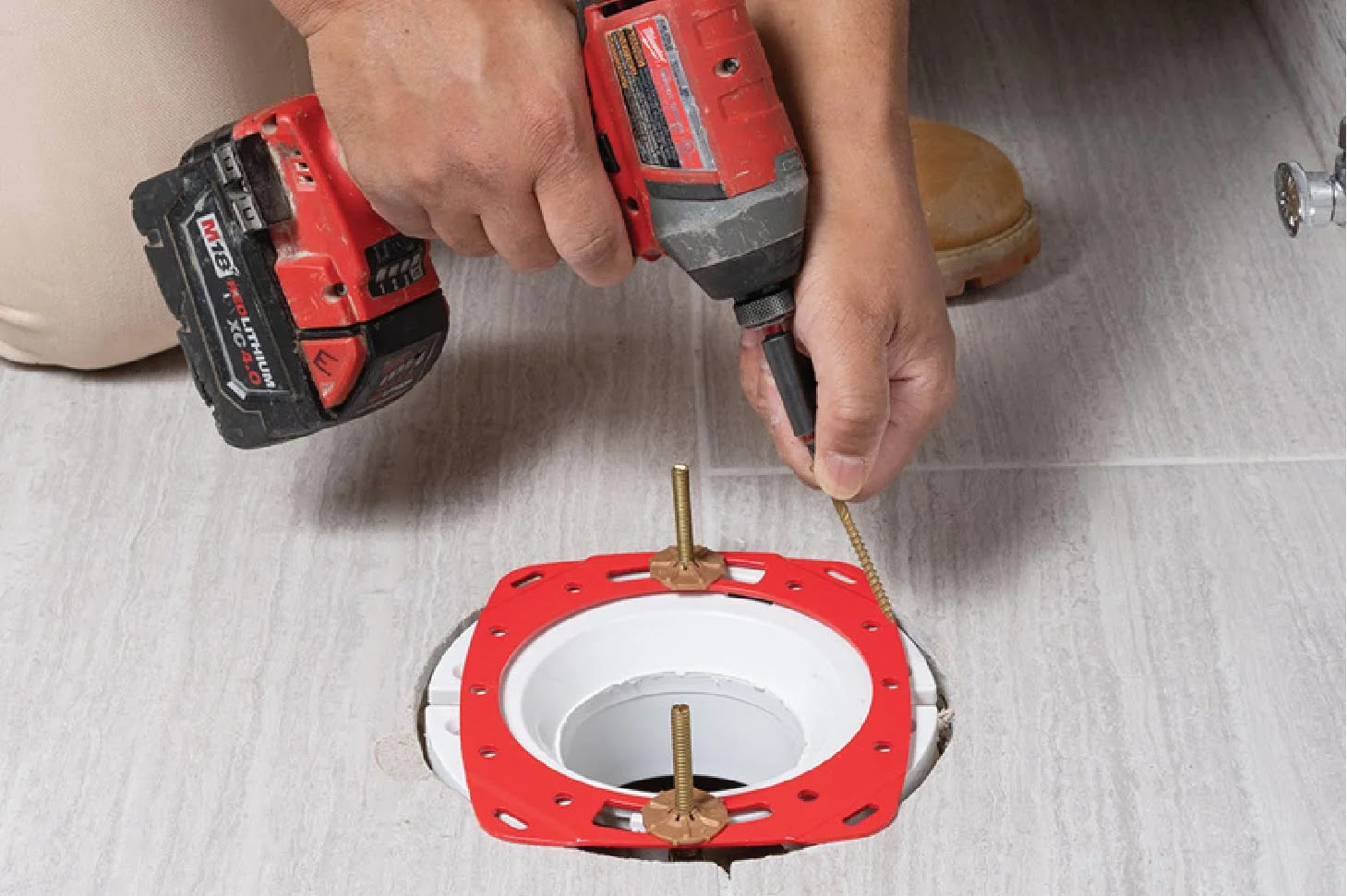
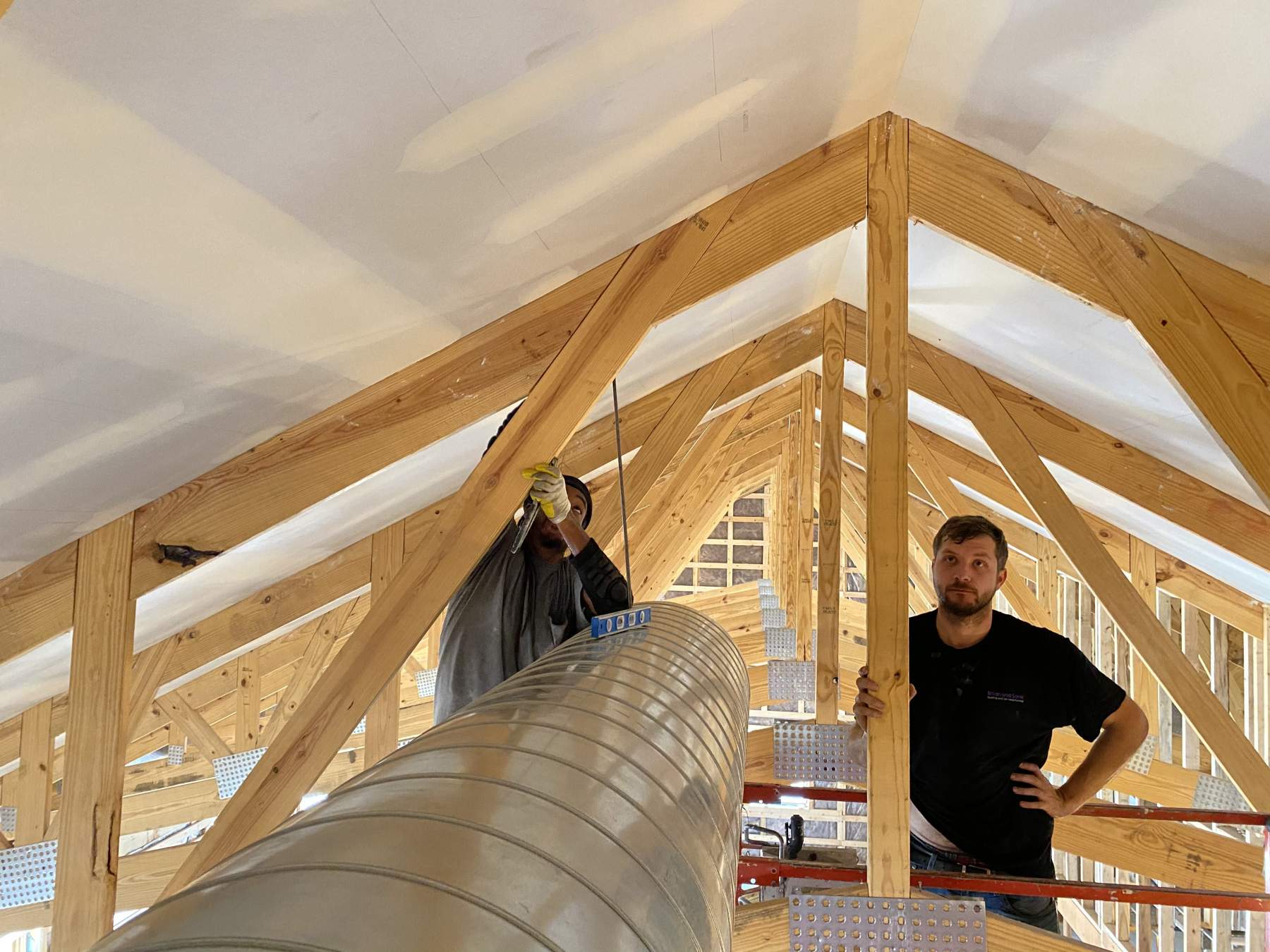

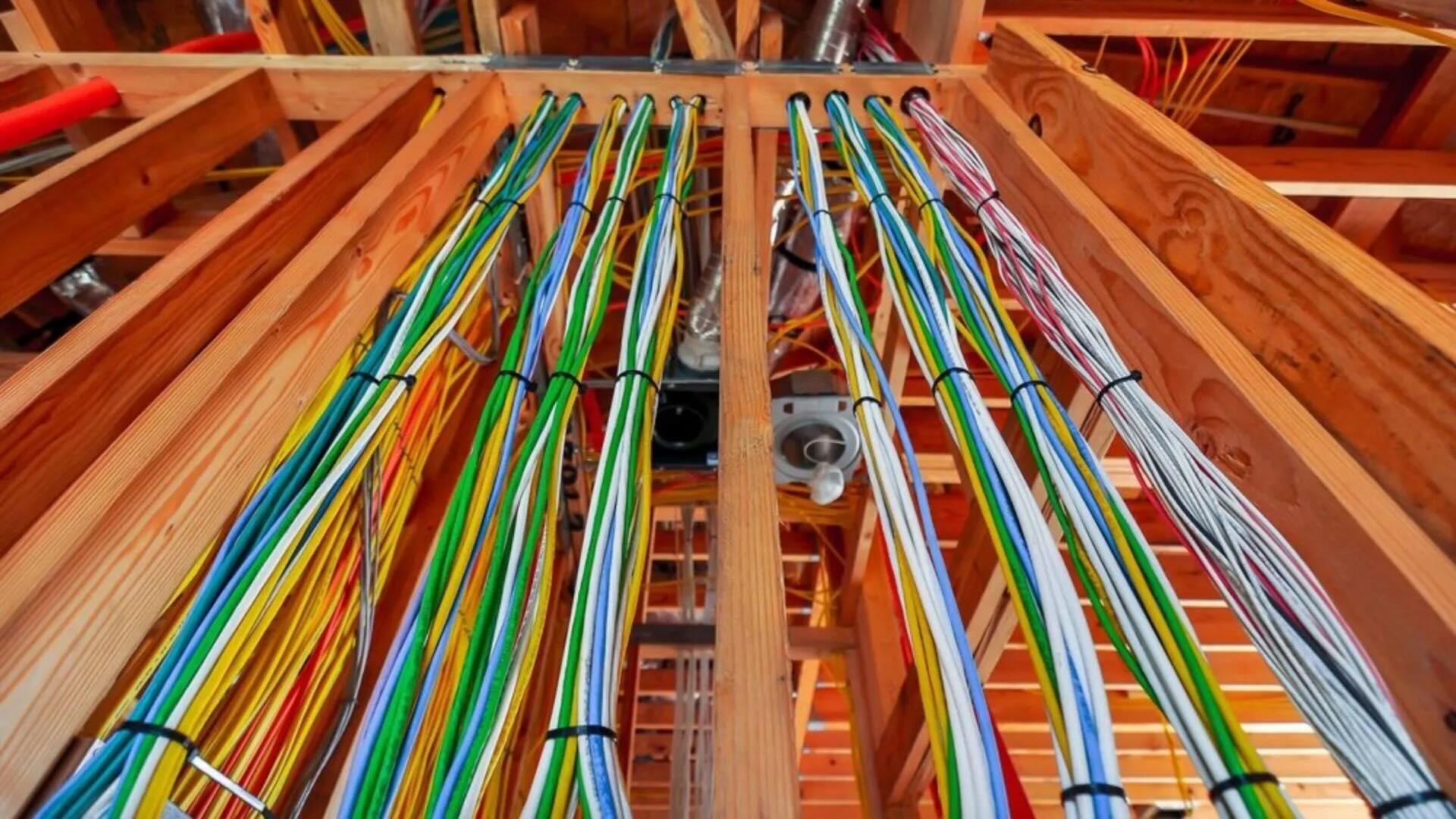
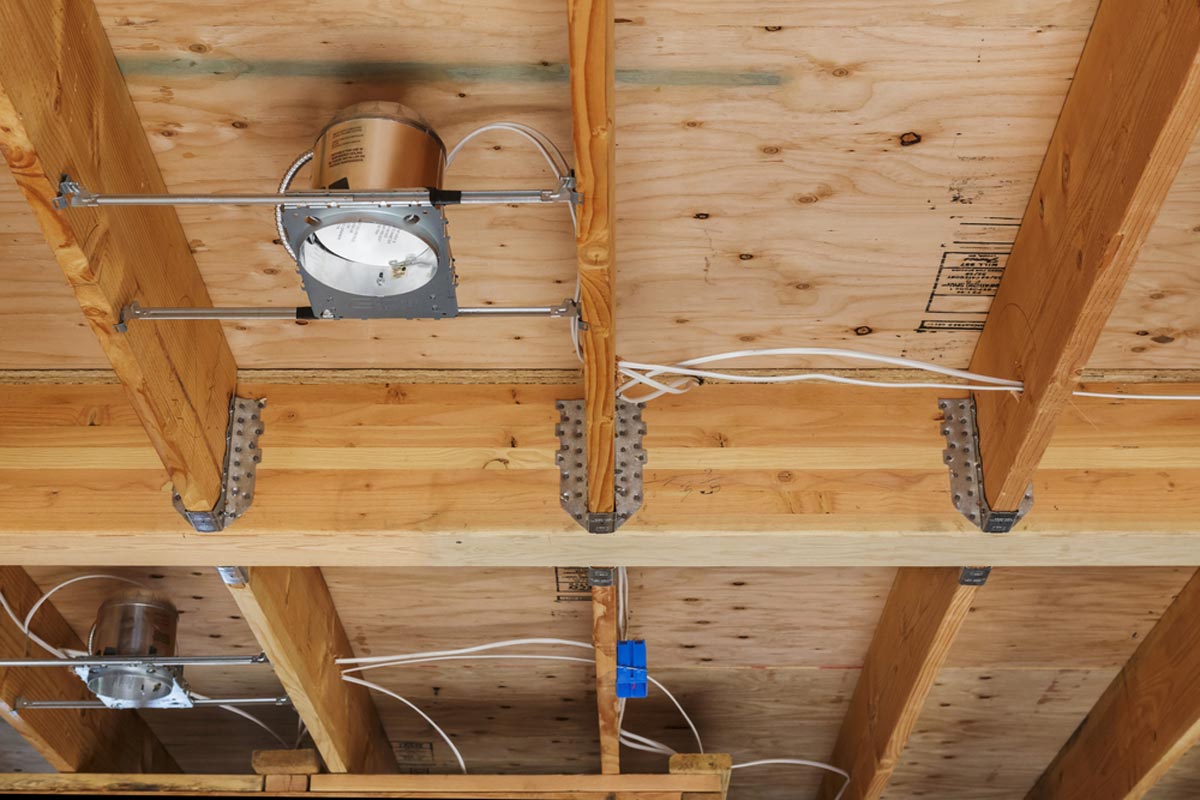
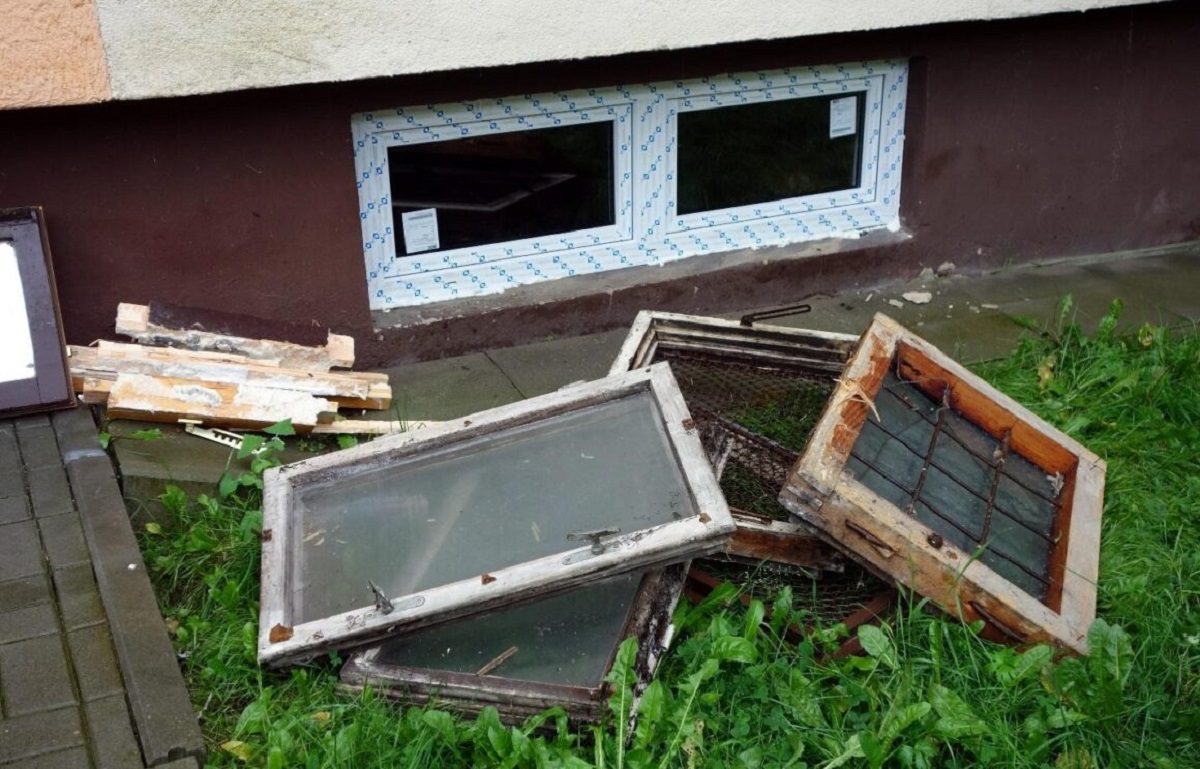

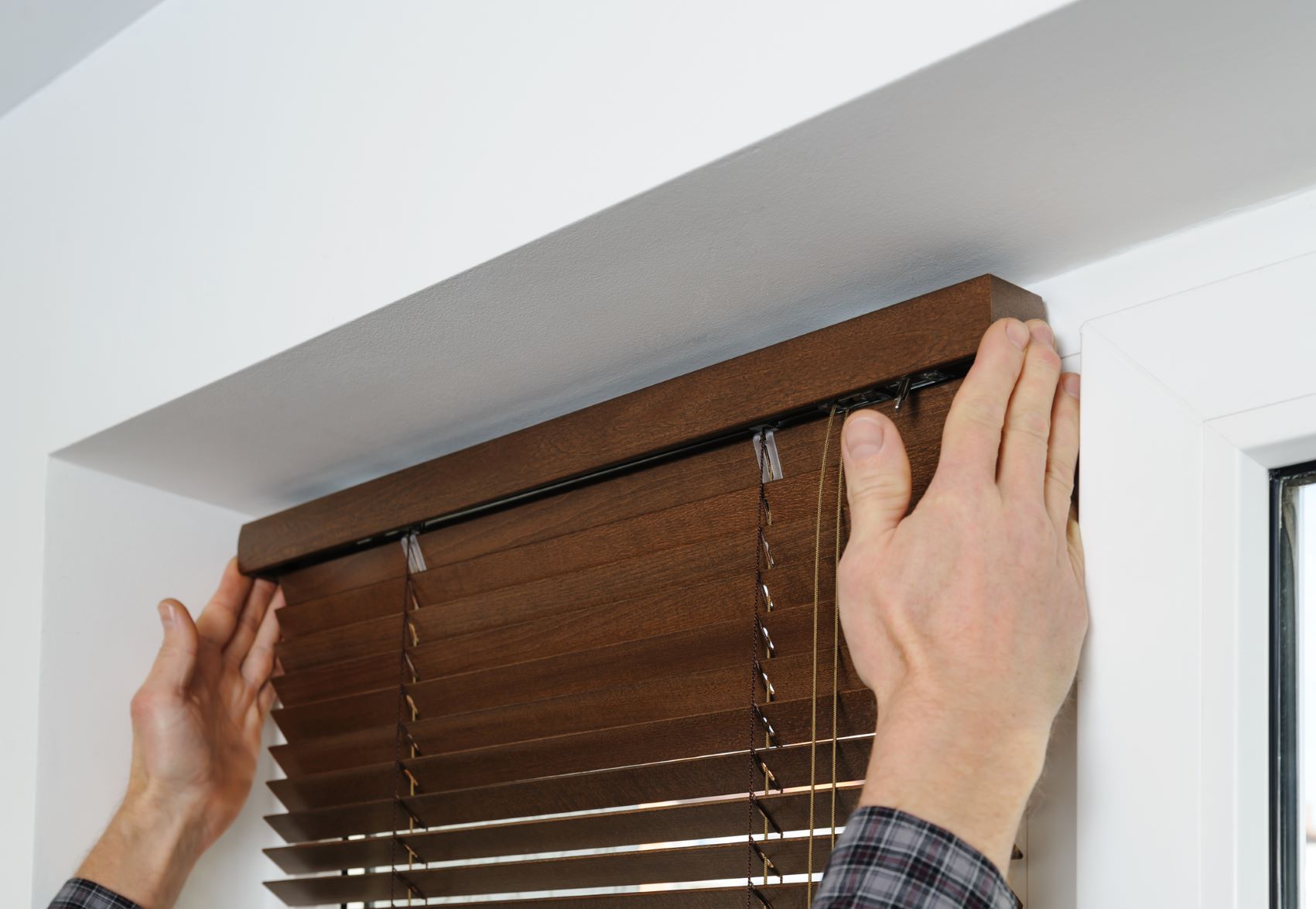
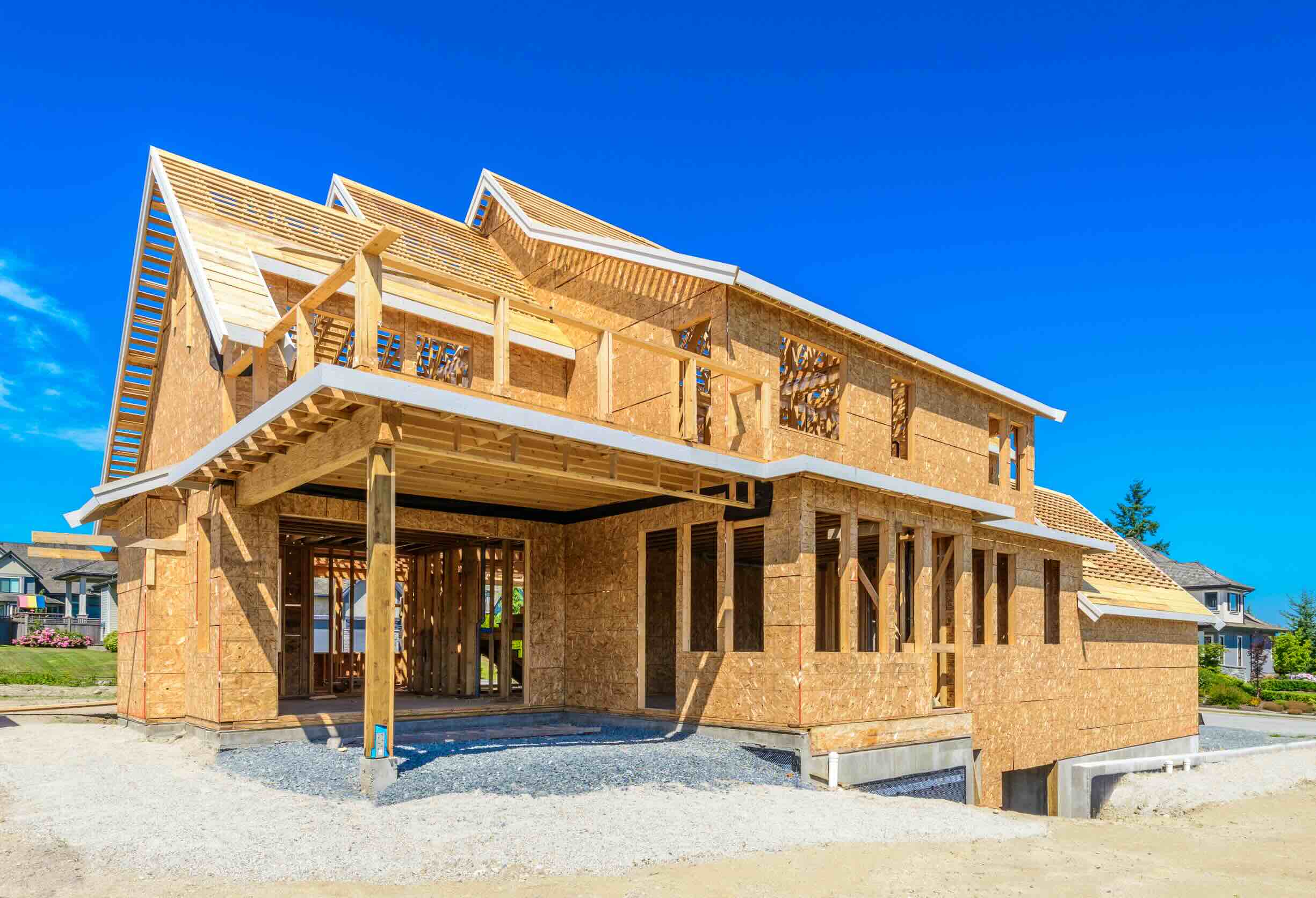

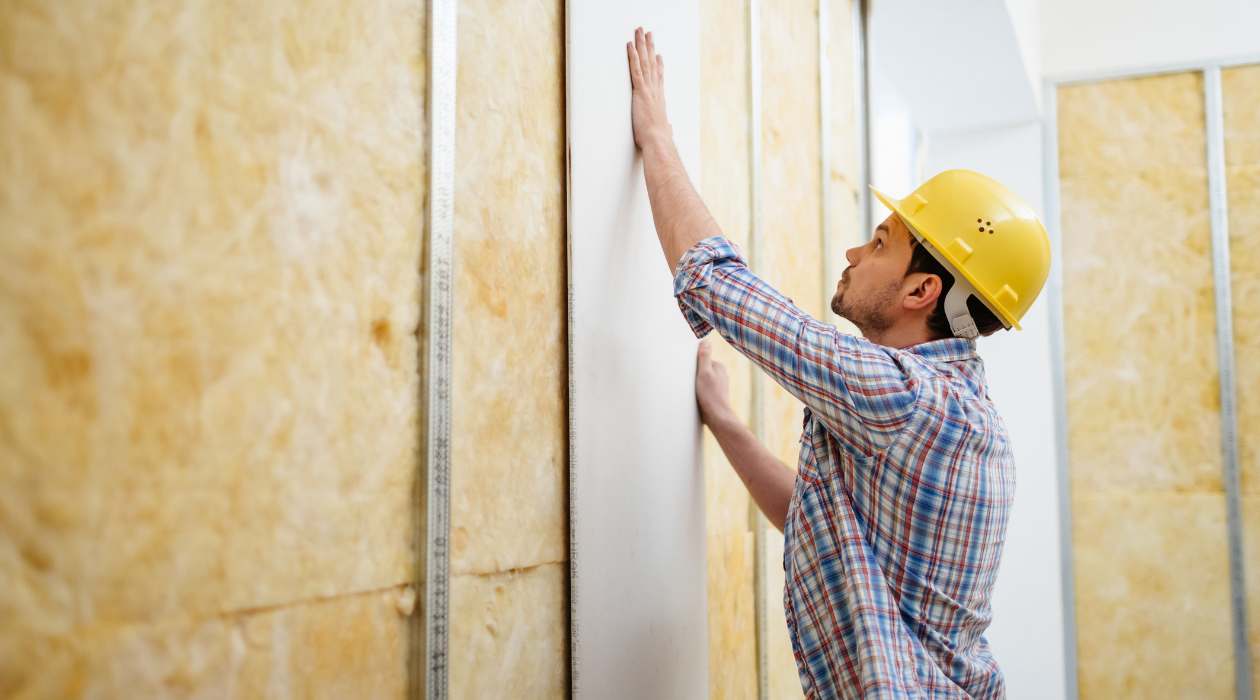

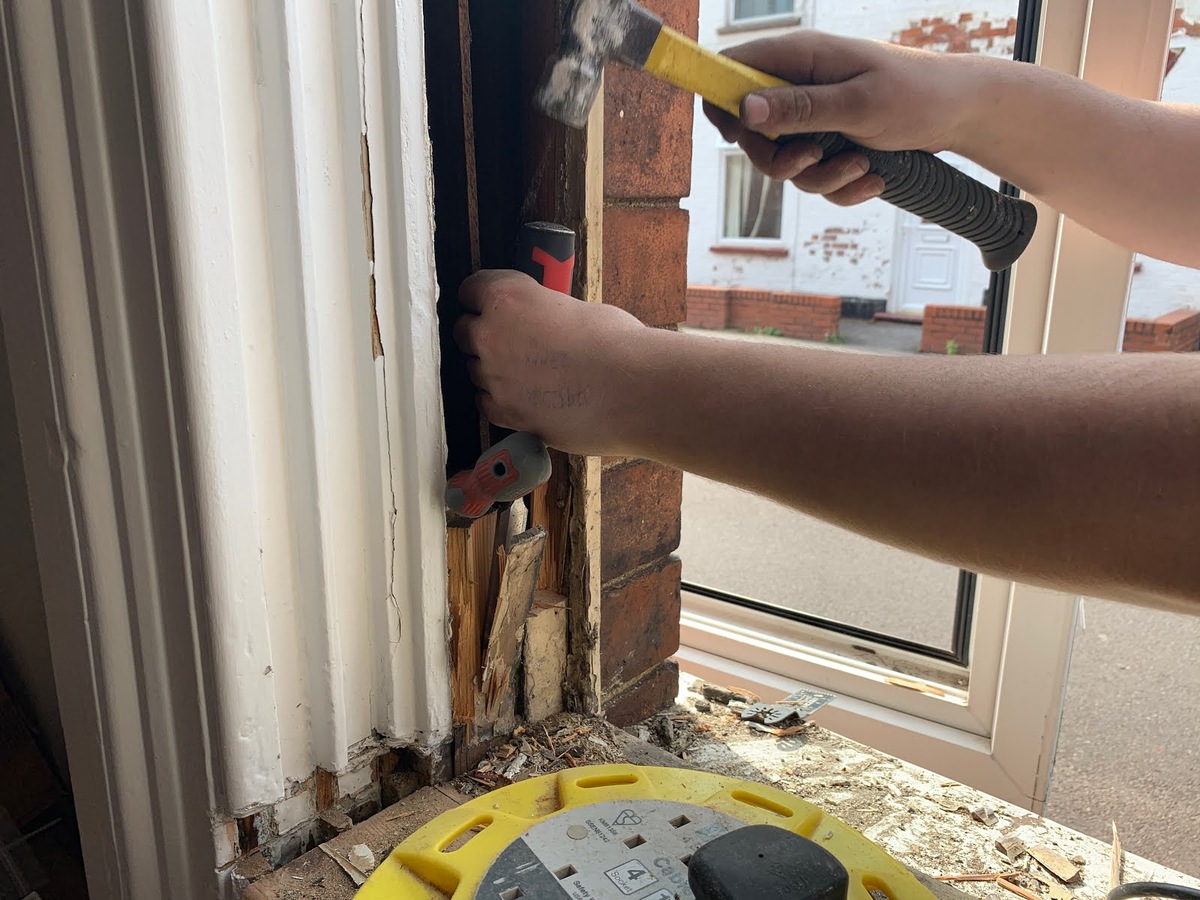

0 thoughts on “How To Install Replacement Windows In New Construction”